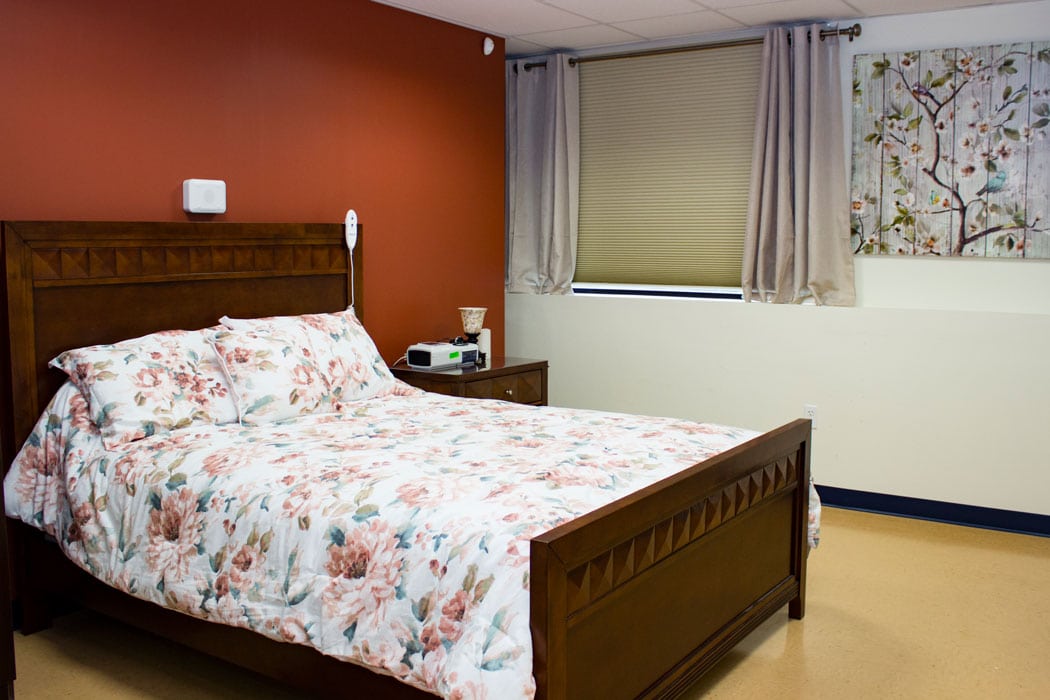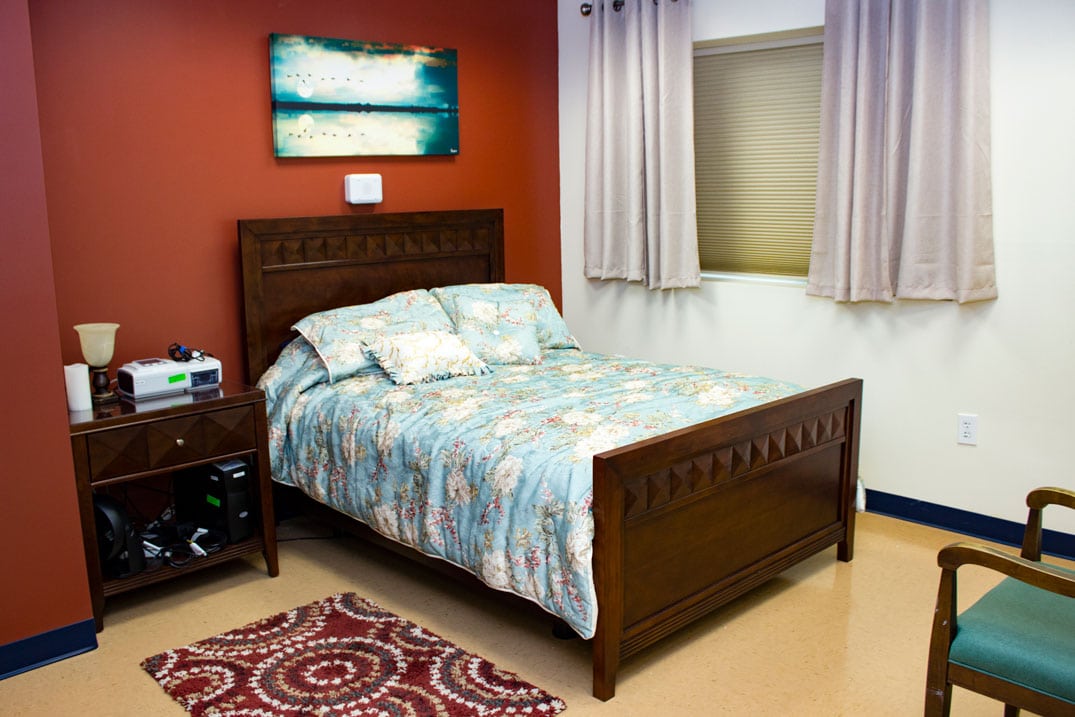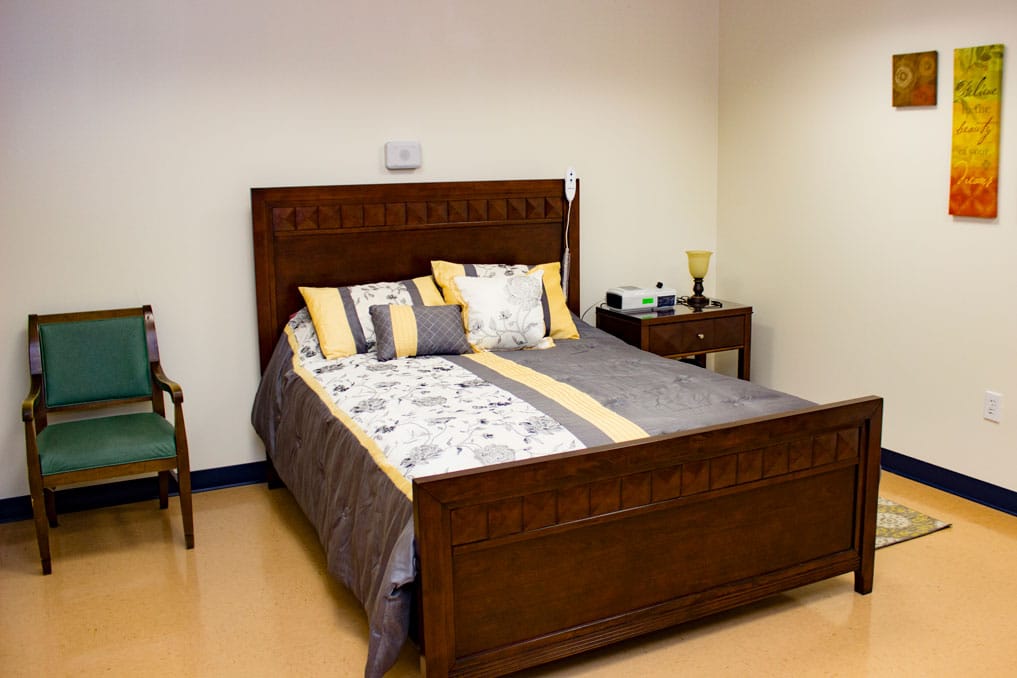The Sleep Center
at Middletown Medical
Overview
Your physician may refer you to our Sleep Center where you will participate in a sleep study. A sleep study (also called a polysomnogram) is a test that records your physical state during various stages of sleep and wakefulness. It provides data that is essential in evaluating sleep and sleep-related complaints, such as identifying sleep stages, body position, blood oxygen levels, respiratory events, muscle tone, heart rate, amount of snoring and general sleep behavior.
The Sleep Center at Middletown Medical accepts adult and adolescent patients.
Schedule an appointment by phone or chat:
845.342.4774
Our Facilitates
The Sleeping Center is located at 75 Maltese dr. Middletown NY. The sleeping rooms are comfortable with full size (not hospital) beds. A room with a queen-size bed is available upon request. Each room has a television.
How Can I Benefit?
- Snoring loudly
- Stop breathing or gasp for breath during sleep
- Feel sleepy or doze off while watching TV, reading, or driving
- Have trouble sleeping more than three nights a week
- Experience interruptions during your sleep (example: heartburn, bad dreams, discomfort)
Sleep is an essential part of life. Without it, your body suffers emotional and physical damage, including various increased physical risks for your heart and brain, as well as a decline in your overall well-being. If you are properly treated for a sleep disorder, you can experience:
- Decreased risk of heart disease, diabetes, stroke, high blood pressure, and many other chronic illnesses
- Improved memory, concentration, and learning capabilities
- Boost in your immune system
- Improved mental and emotional health
Why Choose Us
 Our Sleep Center is accredited by the American Academy of Sleep Medicine (AASM), the gold standard by which the services provided by a sleep center are evaluated. Our physicians and staff follow stringent standards established by the AASM to provide the best care for those with sleep-related problems or disorders.
Our Sleep Center is accredited by the American Academy of Sleep Medicine (AASM), the gold standard by which the services provided by a sleep center are evaluated. Our physicians and staff follow stringent standards established by the AASM to provide the best care for those with sleep-related problems or disorders.What To Expect
How To Prepare
List of things to do the day of your test
- Wash and dry your hair on the day of your sleep test. Try not to use any hair products such as gels, hairspray or heavy conditioners because it may prevent the electrodes from sticking to your scalp.
- Remove nail polish and/or artificial nails from at least two fingers. The oximeter that is placed on your finger to monitor blood oxygen levels reads this information through the nail, so any polish or acrylic will not provide an accurate reading.
- Do not wear makeup. Some electrodes are on the face so this area must be clean in order to get a good connection.
- Generally, you are encouraged to get a normal night’s sleep before the test unless instructed otherwise by your physician. Continue to take your regular medications and limit caffeine intake the day of your test.
In The Morning
Once the sleep study is completed, it is scored by a scoring technologist and sent to a sleep specialist for interpretation. This entire process can take seven to ten days. The interpretation is sent to the physician who ordered the sleep study and appropriate follow-up is arranged.




